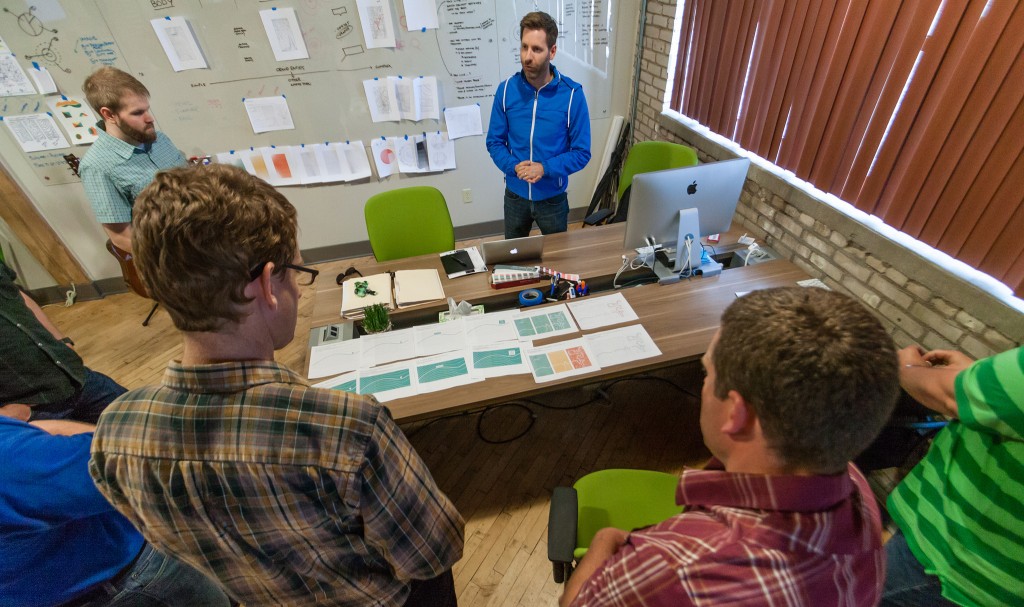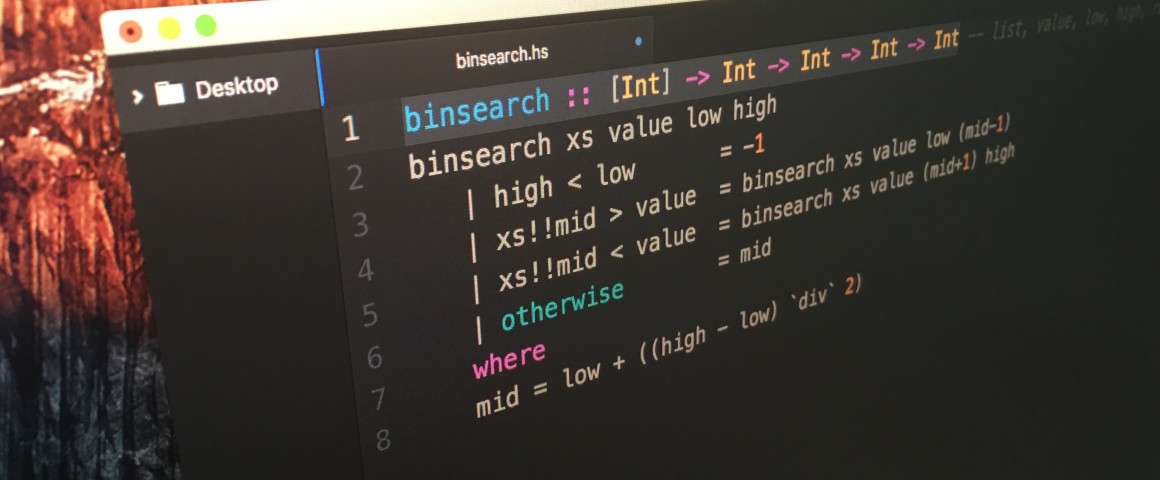
Note: This is a re-post from a blog article Fernando Leon wrote previously for Reaktor’s blog, and, which he also republished in his personal blog. Fernando works for Reaktor Ventures as a Growth Partner and will be giving a keynote at ProductCamp Helsinki 2016.
This is an opinion I have formed after observing general attitudes toward user research, under different circumstances within the tech world. Just as there is a global push to be data-driven, my intention through this post is to raise awareness of the fact that qualitative user data is also crucial in product development and should not be overlooked.
Let me get one thing straight right off the bat: I love agile. I want to make love to it. Move fast. Break things – what’s there not to love? We, technology professionals have the best job in the world, we get to create the world we want to live in.
Except that, at times, creating the world you want to live in has its own pitfalls.
Over the last ten years, I have have had the privilege to sink my teeth into many different projects and initiatives. From starting businesses, to creating multiplayer games for the Middle East, to prototyping the future of insurance in Scandinavia (and everything in-between). This has included a fair chunk of traveling and seeing how people around the world behave and experience life. Exciting stuff.
The very predictable culture shock and growing pains of this work notwithstanding; I believe Northern Europe is in a privileged position to bring a design-driven mindset, combined with some of the best developers in the world – and stand toe-to-toe with very best in the field, anywhere.
One of the things that have become apparent from my stints abroad is that, when creating services for audiences outside of one’s native environment, one has to be even scrappier (in the resourceful and dynamic sense of the word), and willing to experiment than ever before.
Tech professionals who spend too much time in their comfort-zone, often develop a good enough network; one that has ready-made, large businesses come to them, and willingly open up their doors to hear their advice – as well as seeking some direction for execution. These companies often have an established market position and often know what they want; what their business requires and more importantly, who their customers are (with exceptions, of course). We are often put in a market-pull situation, with a reasonably defined brief, and someone needed to deliver upon it.
Abroad (and globally), the situation is different. Although this may sound self-evident, I have witnessed it really isn’t.
If one wants to be able to create products or services for a different audience, or within a different environment; one needs to be willing to try out a lot of different things, as well as show interest in a broader spectrum of would-be clients and projects. This includes working with private entrepreneurs with promising business ideas and a vision not unlike yours: to build the world they want to live in. A technology-push scenario.

This is where a slightly different touch is needed. Before we are able to get down to the business we love – that of building beautiful, powerful and efficient services (regardless of the platform); I see it as not only wise, but as our obligation as entrepreneurs, consultants and/or experts in our field; to be sure we/our clients know who we’re creating for. This is one of the aspects that can set you apart from ‘dev shops’ and ‘design studios’ alike, it is possible to have the best of both worlds.
Now, we are often able to draw from our own environment to make sensible assumptions on what we are building (and we’re often right), but the truth is that, in certain situations, a careful (yet agile) phase of user research is a must. Especially in other cultures and foreign environments. To quote one of my peers: ‘meeting f2f with a user to start validating a hypothesis should be part of the project, regardless of the domain and regardless of whether there are any designers involved’.
Now, don’t get me wrong – the intention is not to delay the start of projects with endless surveys, workshops and focus groups. The main idea is to get a quickgrasp on a ‘baseline user’. This can often be accomplished in days (if not even hours). The case is that this is a critical aspect of any business endeavour – and since business in our days is almost always linked in some way to technology, we should not overlook it. An often thrown-about expression is Steve Blank’s now famous ‘get out of the building’-quote. Many people are doing this right, therefore; you should neither be afraid of it, nor simply forego it. Just be ready to add it to your ‘arsenal’ for when the situation calls for it. There are amazingly easy to use resources and techniques for this:
Here: http://dschool.stanford.edu/use-our-methods/
Here: http://www.ideo.com/work/method-cards
Here: http://www.ideo.com/images/uploads/hcd_toolkit/IDEO_HCD_ToolKit.pdf
And here: http://www.ideo.com/work/human-centered-design-toolkit/
Now, the end-technique, format or method you decide to use is up to you. The key is to know when the situation calls for it, and more importantly – to know when to challenge a client/entrepreneur/colleague to take an (agile!) look at who will use their grand vision one day, whether they’re in San Francisco or Papua New Guinea.
‘User research’ is not a dirty expression. Build some form of it (however ‘primitive’) into your DNA and start creating the world your clients your users want to live in.



Comments are closed, but trackbacks and pingbacks are open.